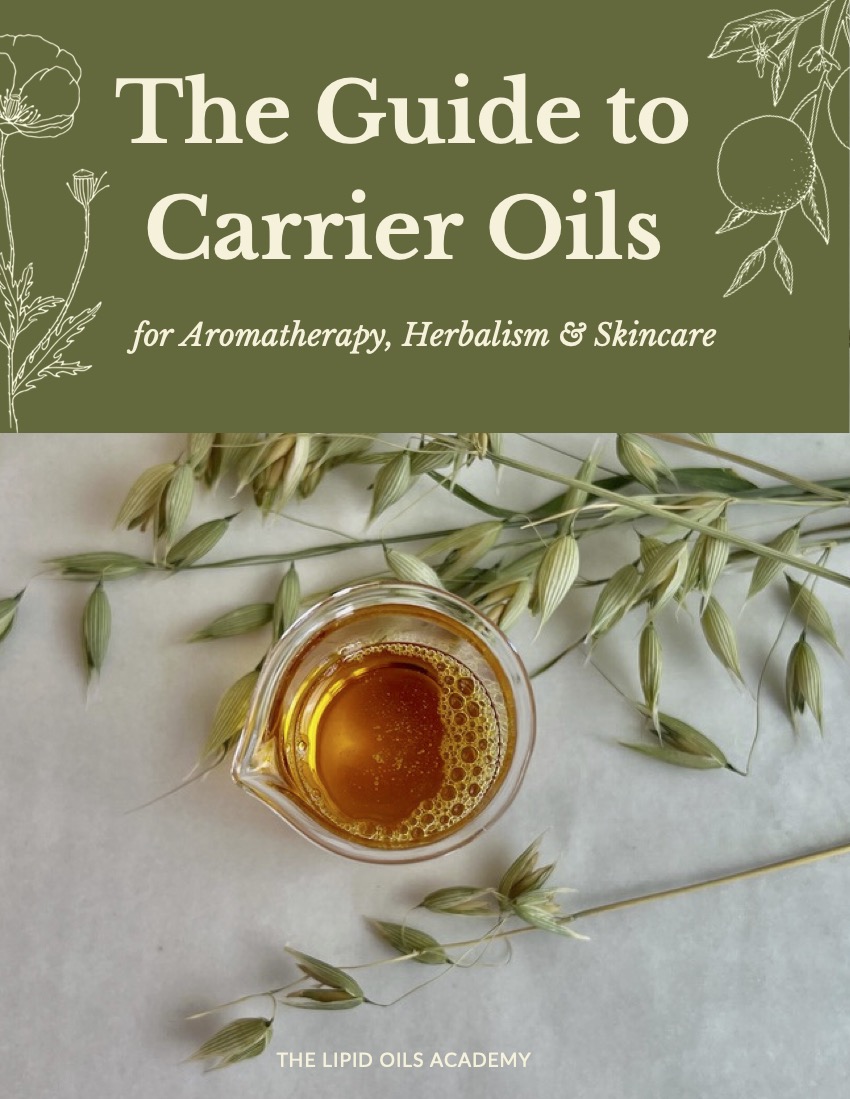When summer hits we need have a discussion about the sun! Is the sun bad for you?
Popular on the street is that it will destroy your skin and kill you too. Yikes. Do we hide under a rock until late fall when the sun drops low in the sky?
Getting real, life on earth would not be possible without the sun! The plants need it, animals need it and so do we. First, the action of sun light on skin plays a large part in our physiological functioning. Vitamin D, we hear a lot about because it’s important! Immune system support, bone and tissue health and it balances calcium levels as a start. Let your vitamin D levels run low and you’ll get sick and develop all kinds of aches and pains in your body.
There is also another process that happens in the skin from the sun, the production of cholesterol sulfate, an important regulator of the heart and blood. This is another of the many complex mechanism that the body performs in the presence of sunlight, specifically sunlight on skin. SUN is GOOD!
Since we need the sun, how do we protect ourselves from what is damaging? Getting burnt to a crisp is not going to help your health or skin so moderation is foremost. Plus our own natural skin oils and applied oils help the skin form these compounds so applying oils to the skin before, during, and after help protect and further natural processes.

To be clear, oils are not sunscreens and don’t perform as such. Using sun screen too much can be harmful by blocking the natural actions of sun on skin. Rather, the tropical oils protect by providing antioxidant and natural protective compounds that help the skin maintain a healthy relationship with the sun. Excellent oils to use are the saturated butters like shea or coconut and the monounsaturated oils like olive and avocado, sesame and jojoba.
The oils for sun can be mixed at home, I recommend a combination of Nilotica Shea butter from East, not West, Africa and raspberry seed oil with a touch of buriti oil. All the oils are very high in antioxidant carotenes and other plant compounds to help protect your skin a body.



Susan, is it possible to write a proportion shea, raspberry and buriti? I would like to check it on my fair skin.
Hi, I use pretty much equal parts raspberry and the Nilotica shea butter – if you don’t have access to that shea use the west Africa shea at about 1/4 of the total as it is more dense and waxy. Then I added no more than 5% – just a squirt of buriti for the color and the protection from the carotenoids. I’ve gotten rave reviews from very fair people. But go slowly as the season turns adding a bit more time each day and let your skin acclimatize to the increased radiation.
This is really important information Susan! As a light-skinned farmer who has to (and loves to) spend a lot of time in the sun during the growing season, I’m really interested in experimenting with oils vs. sunscreens for my summertime skin health. Would you be able to offer more in-depth information on choosing oils and application methods for sun exposure? Thanks!
Hi Sophie,
Yes, I make a combination of raspberry seed oil, the shea Nilotica, the Eastern one, and a little buriti a very red oil. People have given me great feedback on how it kept them from burning – even very fair people. If your oils have yellow, orange red pigments those are carotenes that will help protect against free radical damage. But don’t burn, and be kind to your skin! All the best.